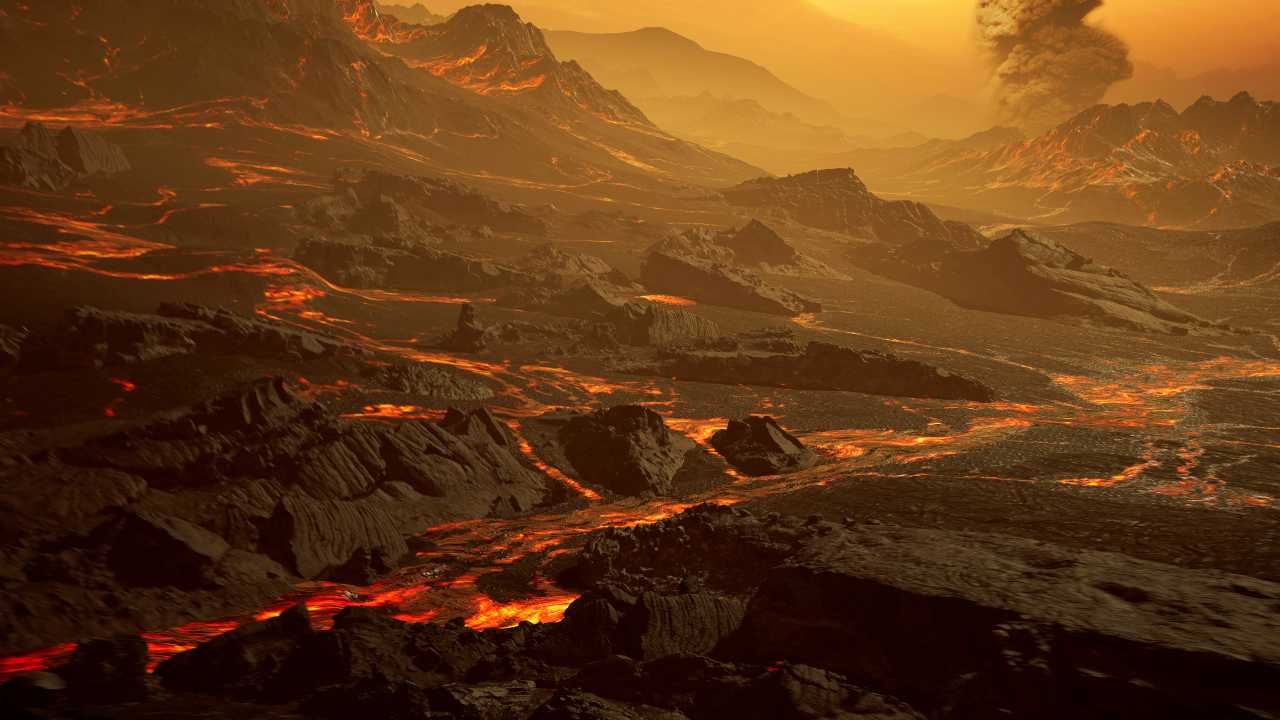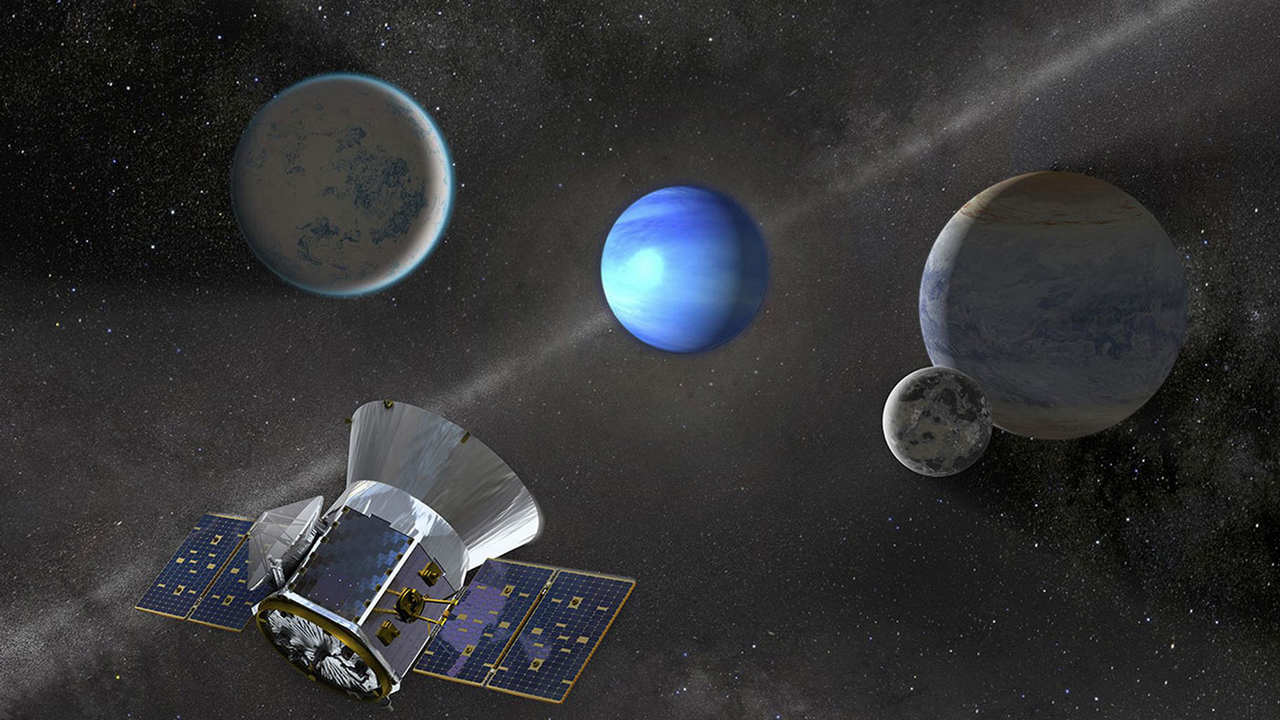Nearby super-Earth Gliese 486b could help scientists better understand alien atmospheres- Technology News, Firstpost
FP TrendingMar 05, 2021 19:55:25 IST
An interesting discovery by astronomers reported in a recent study could go a long way in help scientists find worlds that have an environment similar to Earth’s. An exoplanet dubbed Gliese 486b was recently discovered orbiting its star, Gliese 486. Roughly one-fifth of the sun’s mass and thrice the size of Earth (also, falling under the ‘super-Earth’ category of exoplanets), it is (in astronomical terms) being considered a next-door neighbour, located just 26.8 light-years away in the constellation Virgo. Due to its close proximity, the newfound super-Earth can be studied to understand the conditions required in life-supporting planets in the universe.

Gliese 486b, about 26 light-years away, circles a red dwarf star. The cosmic next-door neighbour has surface temperatures of 430 degrees Celsius, making it too hot to support human life. Image: RenderArea
Gliese 486b has a metallic core like Earth’s, but its landscape appears to be hot and dry. This could be, in part, because the hot super-Earth orbits very close to its star – one revolution around its sun (called a year, here on Earth) lasts around 1.5 days, according to the study. The temperature on the surface is estimated to be around 430 degrees Celsius.
The team studied Gliese 486, the star in the system, using NASA’s Transiting Exoplanet Survey Satellite (TESS), which was built to seek out transiting worlds. It does this by flagging tiny dips in brightness of a star, caused when a planet or object crosses the face of the sun from the satellite’s perspective.

An artist illustration of the TESS spacecraft at work. Image credit: SETI
The “physical and orbital characteristics of Gliese 486 b makes it the Rosetta Stone [for exoplanet discovery],” lead author of the study Trifon Trifonov at Max Planck Institute for Astronomy, Germany, told Space.com.
Co-author of the study Dr Ben Montet added that Gliese 486b is the exoplanet scientists have been dreaming about for decades. The researchers knew before the study was carried out that super-rocky exoplanets existed. But the advancement of technology has now helped them look for it. The scientists believe their findings could help the science community better understand planets that have a breathable atmospheres, so as to discover even more of them.
The James Webb Space Telescope, which will be launched in October 2021, will also be aimed towards discovering such planets. The findings of the study were published in peer-reviewed journal Science on 4 March 2021.
{n.callMethod? n.callMethod.apply(n,arguments):n.queue.push(arguments)}
;
if(!f._fbq)f._fbq=n;n.push=n;n.loaded=!0;n.version='2.0';
n.queue=[];t=b.createElement(e);t.async=!0;
t.src=v;s=b.getElementsByTagName(e)[0];
s.parentNode.insertBefore(t,s)}(window,document,'script',
'https://connect.facebook.net/en_US/fbevents.js');
fbq('init', '259288058299626');
fbq('track', 'PageView');
Source link
